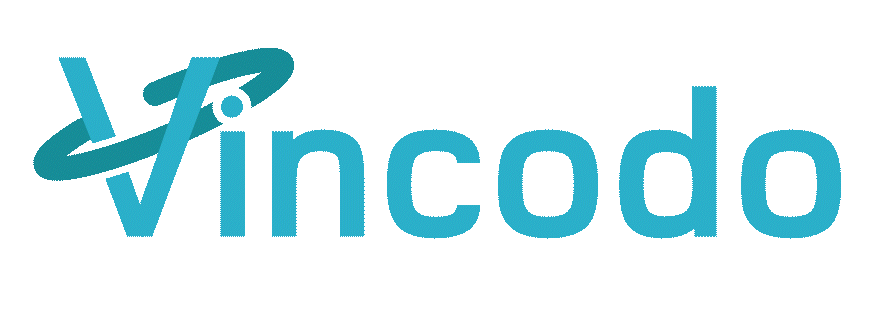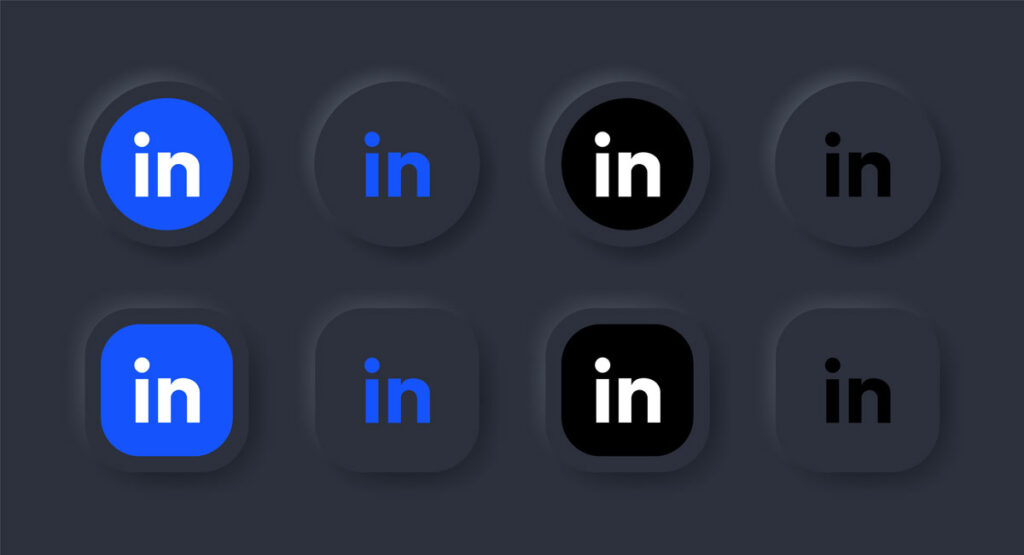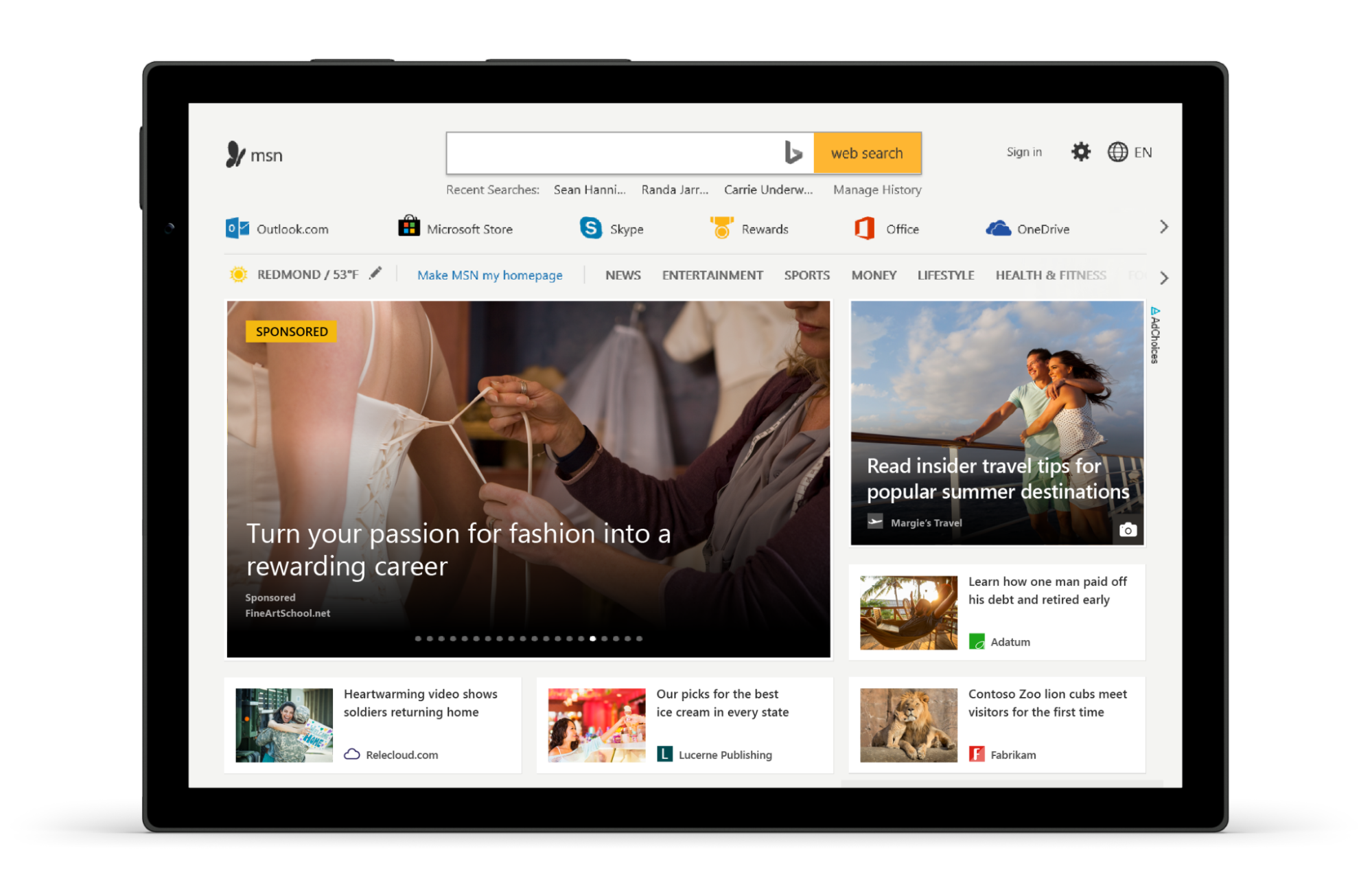It is a sticky situation for a Social Media platform to make changes. Users grow comfortable with the current usability and then all of a sudden that usability is changed or it goes away. Not a Facebook update goes by without some user group forming as a petition against the change or threatening a boycott. Just imagine if Facebook took something away and decided they were going charge you for it thereafter for information that you and others freely supplied?
This week, LinkedIn did just that to its social network community users, signaling that generating revenue through advertisements and data collection of its users has proven to be not enough for the B2B social media stalwart. If you missed it, LinkedIn began hiding the last names of 3rd level connections this week in hopes that hungry sales representatives and job recruiters would be willing to shell out $99.99 per month to get the last name of a prospective customer.
Yes, that figure is correct…$99.99 per month to get a last name.
Needless to say, this is a big swinging move by LinkedIn to try and generate revenue. The powers that be in the corner offices at LinkedIn made the decision that it was okay to disturb the vast majority of LinkedIn users’ experiences to target revenue generation from a small sub-segment of users in the sales and employment recruitment job fields. The idea seems woefully short-sighted and the likely backlash not commensurate with potential revenue gains. LinkedIn appears to have forgotten why most people signed up…they want to be found for a connection, not the opposite.
As a person that is neither in sales nor recruiting, I utilize LinkedIn to let people find me. I gave my information to LinkedIn specifically so people could find me. Now, LinkedIn has changed the rules and has thrown up a big brick wall to stop people from finding me, unless those people want to shell out $1200 per year. What this means is that if people aren’t finding me, I am going to be visiting their website less often. And if I visit the site less often, that mean less site traffic and less revenue for LinkedIn via advertisements.
We must then as marketer consider how the site traffic change will impact the demographics of users at the site. Part of the challenge today in advertising on LinkedIn is that there are too many low quality prospects representing a majority of the impressions. These impressions belong to salespeople and recruiters that advertisers are not seeking to connect with. Companies like Cisco, Ring Central, Business.com, Google and others are not seeking to engage with these valueless power users, they want to reach the business decision makers. And with this change, LinkedIn might have just made it that much harder.
The attempt to charge for a person’s last name is about a low brow a tactic as you can get when the information was provided to you willingly under the guise that the user controlled what info was shared and which info was not. LinkedIn just told its user community that it no longer has control over what is shared. Companies like Hoovers and InfoUSA have made million dollar investments to collect their user information while LinkedIn now appears to have applied a bait and switch tactic by restricting its users’ rights on how its information can be shared now that they’ve reached a database that was viable.
I know for myself, when I agreed to LinkedIn’s Terms of Service Agreement, I didn’t have any expectation that LinkedIn would place limits on my information sharing for their financial benefit. For myself, LinkedIn’s actions just lowered their brand image in my eyes, as profiteering off my information without my permission while at the same time restricting my use of the system doesn’t warm me up. As a result, two B2B social platforms got a new customer today, Jigsaw.com and Naymz.com. Those companies have LinkedIn to thank for my new patronage and the patronage of more future customers if LinkedIn doesn’t rethink it misguided decisions to charge for my last name.
It’s my last name LinkedIn, not yours.






